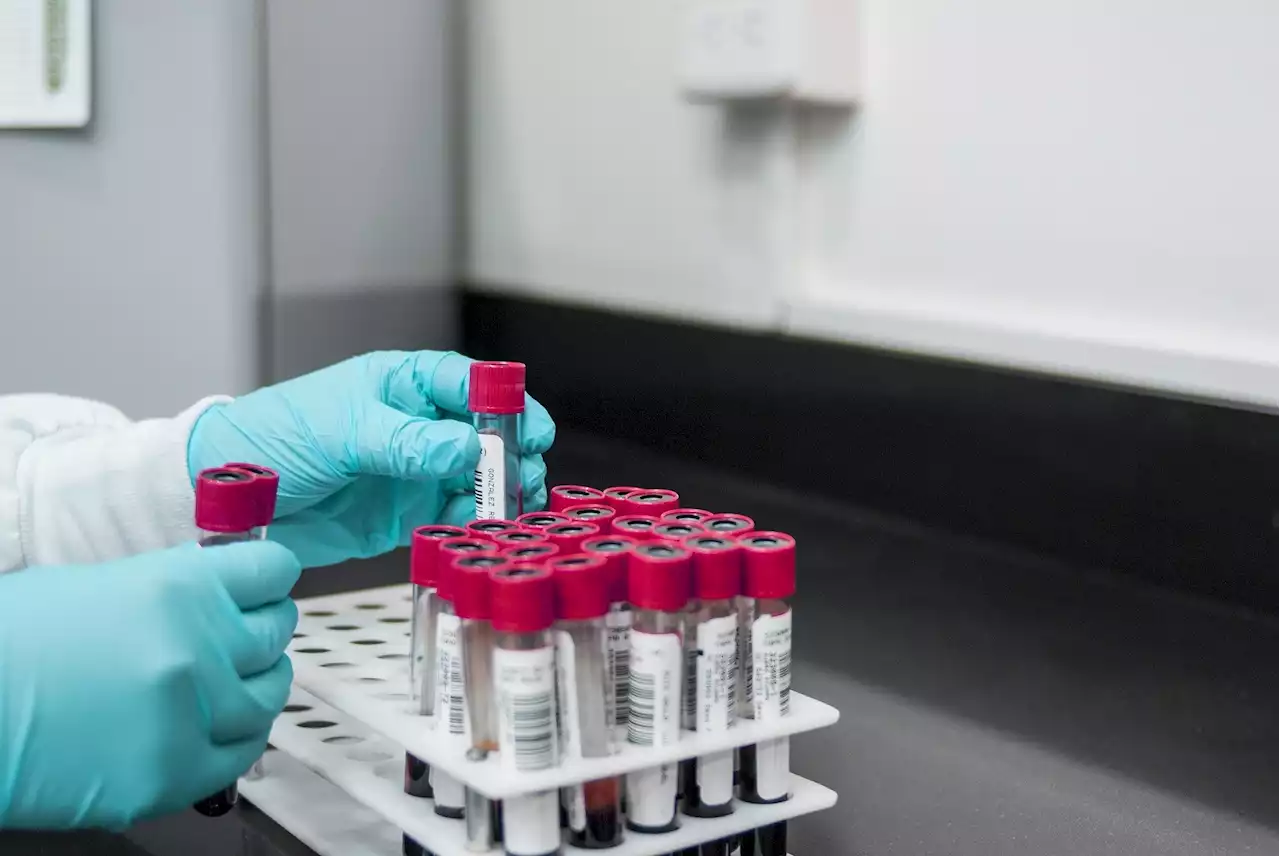In a Commentary article published in BMCBiology, Xinming_Xu and ant_dodd discuss whether there is a bidirectional rhythmic interaction between plants and their rhizomicrobiome.
C). They found that the different plant genotypes recruited different rhizomicrobiome communities, implying selection for niche-adapted organisms. Some operational taxonomic units that were rhythmic in the presence of wild type plants became arrhythmic in the presence of LHY-ox or the-11 mutant, and some OTUs that are arrhythmic in the presence of wild type plants assumed rhythmicity in the presence of these plants with perturbed circadian clocks .
Quantification of plant circadian clock parameters- using methods such as luciferase imaging- is comparatively straightforward compared with the detection of rhythmicity in microbial communities. How can specific circadian signals be detected within microbial communities? Sometimes, researchers are interested in taxa that change between the light and dark periods of a light–dark cycle, and use methods such as differential analysis to identify the indicator taxa.
Taken together, the findings of Newman et al. are important for a variety of reasons. Firstly, they could suggest that there is signaling of circadian timing information from plants to their respective microbiomes. Furthermore, the existence of rhythmic components of the microbiome in the presence of arrhythmic plants supports the notion that there might be self-sustained circadian rhythmicity in the rhizomicrobiome composition.
United Kingdom Latest News, United Kingdom Headlines
Similar News:You can also read news stories similar to this one that we have collected from other news sources.
 What can healthcare systems learn from looking at tensions in innovation processes? A systematic literature review - BMC Health Services ResearchBackground Until now, scholarship on innovation processes in healthcare systems lack an in-depth appreciation of tensions. Tensions often revolve around barriers and result from individual assessments and prioritizations that guide actions to eventually overcome these barriers. In order to develop a more differentiated understanding of tensions’ role in healthcare innovation processes, this paper aims to shed light on the multifaceted ways in which tensions emerge, are being dealt with, and how they hinder or, at times, facilitate innovation processes. Methods A systematic review of published and grey literature was conducted following the Preferred Reporting Items for Systematic Reviews and Meta-analyses (PRISMA) guideline. The review involved searching three databases for original research articles and manually searching citations. Twenty-nine original full texts were identified, evaluated, and coded. These include papers on innovation in healthcare systems that investigated innovation-related organizational tensions. The findings were synthesized into different types of tensions in healthcare system innovation and the descriptions of the conflicting elements. We also analyzed the investigated innovations by type, process stages, and across different countries and healthcare systems. Results A total of forty-two tensions were identified and grouped into nine categories. Organizing tensions were predominant, followed by learning/belonging, performing, and performing/organizing tensions. Tensions most frequently occurred in the implementation phase and in the form of a dilemma. Included studies were conducted mainly in government-funded healthcare systems. Conclusion Our data suggest that innovation processes in healthcare systems are impaired by conflicts between contradictory elements, working cultures, and convictions and the organizational and regulatory context. Since the majority of the tensions we collected in our study can be addressed, future policy-making
What can healthcare systems learn from looking at tensions in innovation processes? A systematic literature review - BMC Health Services ResearchBackground Until now, scholarship on innovation processes in healthcare systems lack an in-depth appreciation of tensions. Tensions often revolve around barriers and result from individual assessments and prioritizations that guide actions to eventually overcome these barriers. In order to develop a more differentiated understanding of tensions’ role in healthcare innovation processes, this paper aims to shed light on the multifaceted ways in which tensions emerge, are being dealt with, and how they hinder or, at times, facilitate innovation processes. Methods A systematic review of published and grey literature was conducted following the Preferred Reporting Items for Systematic Reviews and Meta-analyses (PRISMA) guideline. The review involved searching three databases for original research articles and manually searching citations. Twenty-nine original full texts were identified, evaluated, and coded. These include papers on innovation in healthcare systems that investigated innovation-related organizational tensions. The findings were synthesized into different types of tensions in healthcare system innovation and the descriptions of the conflicting elements. We also analyzed the investigated innovations by type, process stages, and across different countries and healthcare systems. Results A total of forty-two tensions were identified and grouped into nine categories. Organizing tensions were predominant, followed by learning/belonging, performing, and performing/organizing tensions. Tensions most frequently occurred in the implementation phase and in the form of a dilemma. Included studies were conducted mainly in government-funded healthcare systems. Conclusion Our data suggest that innovation processes in healthcare systems are impaired by conflicts between contradictory elements, working cultures, and convictions and the organizational and regulatory context. Since the majority of the tensions we collected in our study can be addressed, future policy-making
Read more »
 Folliculin-interacting protein FNIP2 impacts on overweight and obesity through a polymorphism in a conserved 3′ untranslated region - Genome BiologyBackground Overweight and obesity are defined by an anomalous or excessive fat accumulation that may compromise health. To find single-nucleotide polymorphisms (SNPs) influencing metabolic phenotypes associated with the obesity state, we analyze multiple anthropometric and clinical parameters in a cohort of 790 healthy volunteers and study potential associations with 48 manually curated SNPs, in metabolic genes functionally associated with the mechanistic target of rapamycin (mTOR) pathway. Results We identify and validate rs2291007 within a conserved region in the 3′UTR of folliculin-interacting protein FNIP2 that correlates with multiple leanness parameters. The T-to-C variant represents the major allele in Europeans and disrupts an ancestral target sequence of the miRNA miR-181b-5p, thus resulting in increased FNIP2 mRNA levels in cancer cell lines and in peripheral blood from carriers of the C allele. Because the miRNA binding site is conserved across vertebrates, we engineered the T-to-C substitution in the endogenous Fnip2 allele in mice. Primary cells derived from Fnip2 C/C mice show increased mRNA stability, and more importantly, Fnip2 C/C mice replicate the decreased adiposity and increased leanness observed in human volunteers. Finally, expression levels of FNIP2 in both human samples and mice negatively associate with leanness parameters, and moreover, are the most important contributor in a multifactorial model of body mass index prediction. Conclusions We propose that rs2291007 influences human leanness through an evolutionarily conserved modulation of FNIP2 mRNA levels. Graphical Abstract
Folliculin-interacting protein FNIP2 impacts on overweight and obesity through a polymorphism in a conserved 3′ untranslated region - Genome BiologyBackground Overweight and obesity are defined by an anomalous or excessive fat accumulation that may compromise health. To find single-nucleotide polymorphisms (SNPs) influencing metabolic phenotypes associated with the obesity state, we analyze multiple anthropometric and clinical parameters in a cohort of 790 healthy volunteers and study potential associations with 48 manually curated SNPs, in metabolic genes functionally associated with the mechanistic target of rapamycin (mTOR) pathway. Results We identify and validate rs2291007 within a conserved region in the 3′UTR of folliculin-interacting protein FNIP2 that correlates with multiple leanness parameters. The T-to-C variant represents the major allele in Europeans and disrupts an ancestral target sequence of the miRNA miR-181b-5p, thus resulting in increased FNIP2 mRNA levels in cancer cell lines and in peripheral blood from carriers of the C allele. Because the miRNA binding site is conserved across vertebrates, we engineered the T-to-C substitution in the endogenous Fnip2 allele in mice. Primary cells derived from Fnip2 C/C mice show increased mRNA stability, and more importantly, Fnip2 C/C mice replicate the decreased adiposity and increased leanness observed in human volunteers. Finally, expression levels of FNIP2 in both human samples and mice negatively associate with leanness parameters, and moreover, are the most important contributor in a multifactorial model of body mass index prediction. Conclusions We propose that rs2291007 influences human leanness through an evolutionarily conserved modulation of FNIP2 mRNA levels. Graphical Abstract
Read more »
 CRISPR-KRISPR: a method to identify on-target and random insertion of donor DNAs and their characterization in knock-in mice - Genome BiologyCRISPR tools can generate knockout and knock-in animal models easily, but the models can contain off-target genomic lesions or random insertions of donor DNAs. Simpler methods to identify off-target lesions and random insertions, using tail or earpiece DNA, are unavailable. We develop CRISPR-KRISPR (CRISPR-Knock-ins and Random Inserts Searching PRotocol), a method to identify both off-target lesions and random insertions. CRISPR-KRISPR uses as little as 3.4 μg of genomic DNA; thus, it can be easily incorporated as an additional step to genotype founder animals for further breeding.
CRISPR-KRISPR: a method to identify on-target and random insertion of donor DNAs and their characterization in knock-in mice - Genome BiologyCRISPR tools can generate knockout and knock-in animal models easily, but the models can contain off-target genomic lesions or random insertions of donor DNAs. Simpler methods to identify off-target lesions and random insertions, using tail or earpiece DNA, are unavailable. We develop CRISPR-KRISPR (CRISPR-Knock-ins and Random Inserts Searching PRotocol), a method to identify both off-target lesions and random insertions. CRISPR-KRISPR uses as little as 3.4 μg of genomic DNA; thus, it can be easily incorporated as an additional step to genotype founder animals for further breeding.
Read more »
 What is the role of adenoviruses in human health?With advances in molecular biology informing recent developments in vaccinology, gene therapy, and other fields of medicine, human adenoviruses (HAdVs) have been of primary importance in medical research. A recent review looks at the promises of HAdVs, their potential dangers, and future challenges.
What is the role of adenoviruses in human health?With advances in molecular biology informing recent developments in vaccinology, gene therapy, and other fields of medicine, human adenoviruses (HAdVs) have been of primary importance in medical research. A recent review looks at the promises of HAdVs, their potential dangers, and future challenges.
Read more »
 The gut microbiome's supersized role in shaping molecules in our bloodScientists from the Institute for Systems Biology (ISB) have shown which blood metabolites are associated with the gut microbiome, genetics, or the interplay between both. Their findings will be published in the journal Nature Metabolism and have promising implications for guiding targeted therapies designed to alter the composition of the blood metabolome to improve human health.
The gut microbiome's supersized role in shaping molecules in our bloodScientists from the Institute for Systems Biology (ISB) have shown which blood metabolites are associated with the gut microbiome, genetics, or the interplay between both. Their findings will be published in the journal Nature Metabolism and have promising implications for guiding targeted therapies designed to alter the composition of the blood metabolome to improve human health.
Read more »
